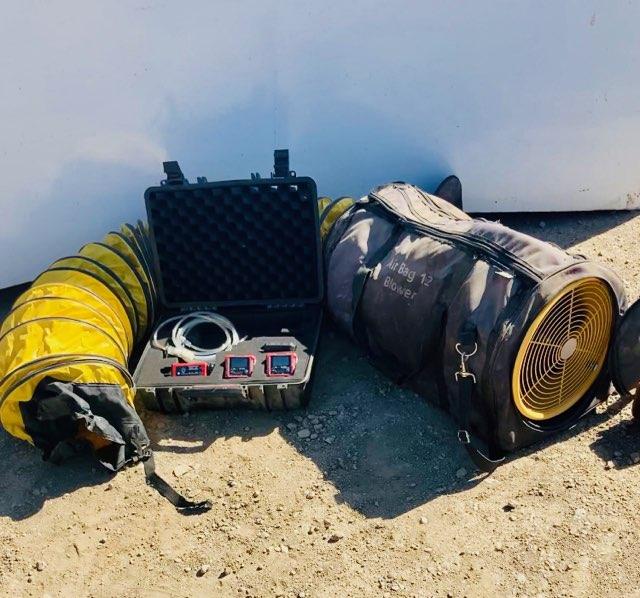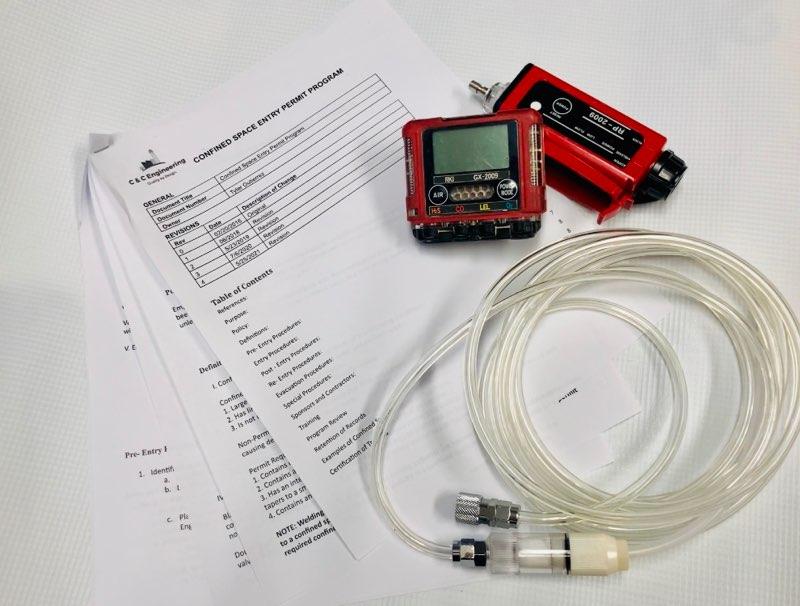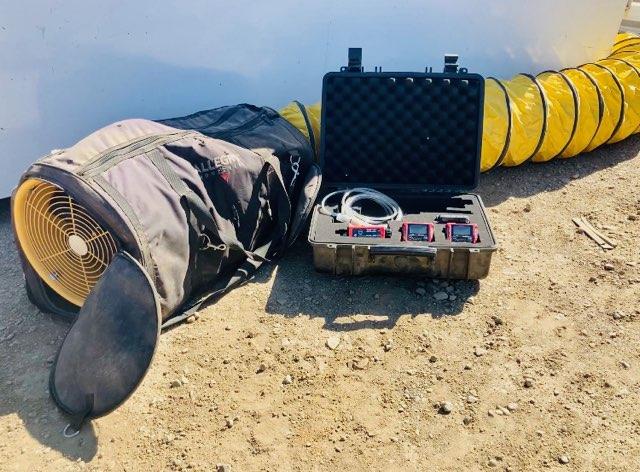
What Defines a Confined Space?
There are three components that make up a confined space.
- Limited Ingress/Egress which means limited access. For the most part the access point to a confined space is one way. Only one way in which is usually the same way out.
- A large enough space for a body to fit inside. If the space in question can only fit a person’s hand or even leg that is not large enough to be considered a confined space.
- Designed for little to no occupancy. This means that there is little to no HVAC, Ventilation, temperature control etc. In other words, the space could not safely inhabit a human being so; therefore it has the potential to contain a hazardous atmosphere.
What Are The Hazards of a Confined Space?
A confined space is extremely hazardous, being one of the leading causes for occupational fatality in the states. Spaces like underground vaults, tanks, storage bins, pits and diked areas, vessels silos and other similar areas; usually contain something in the air that is oxygen depleting or enriching. For Example, enriched oxygen, flammable/explosive, or toxic/poisonous air which can be a hostile work environment to say the least. Not to mention the physical hazards such as a small work space with temperature extremes, eardrum damaging noise, potential engulfment, entrapment, drowning, and or unguarded machinery.


Does your company have a solid confined space entry procedure and program?
When is a Permit Required For Confined Space?
When only one of the life-threatening hazards listed above can be met, is when a permit should be issued. To determine if one of the hazards above is a risk; testing the internal atmosphere of the space for oxygen content, flammable gases and vapors, and potentially toxic air contaminants is required. Once determined, a permit application is completed to ensure the at-risk worker is aware of the hazards, can be protected from the hazards, and that a rescue plan is in place if something goes wrong. Once a permit is issued an authorizing supervisor will determine all “corrective measures” are in place; and assign an attendant whose role is to ensure all entrants remain alive while in the confined space. Continuous forced air ventilation and proper requirements are taken before entry always.
Not all contents are included in this post C & C Engineering has many more included in our Confined Space Training these are only a few displayed specifically for the entertainment and pleasure of blog readers.
C & C Engineering does not sell safety training and is by no means soliciting professional training or safety advice.

